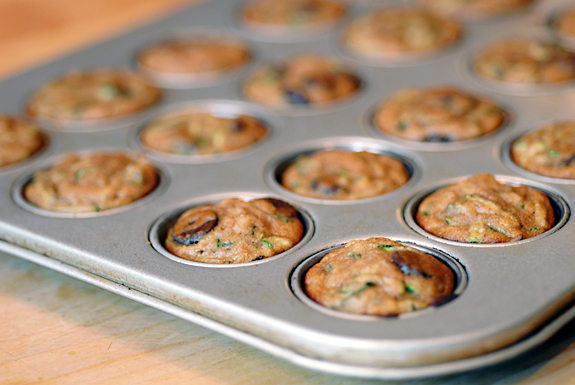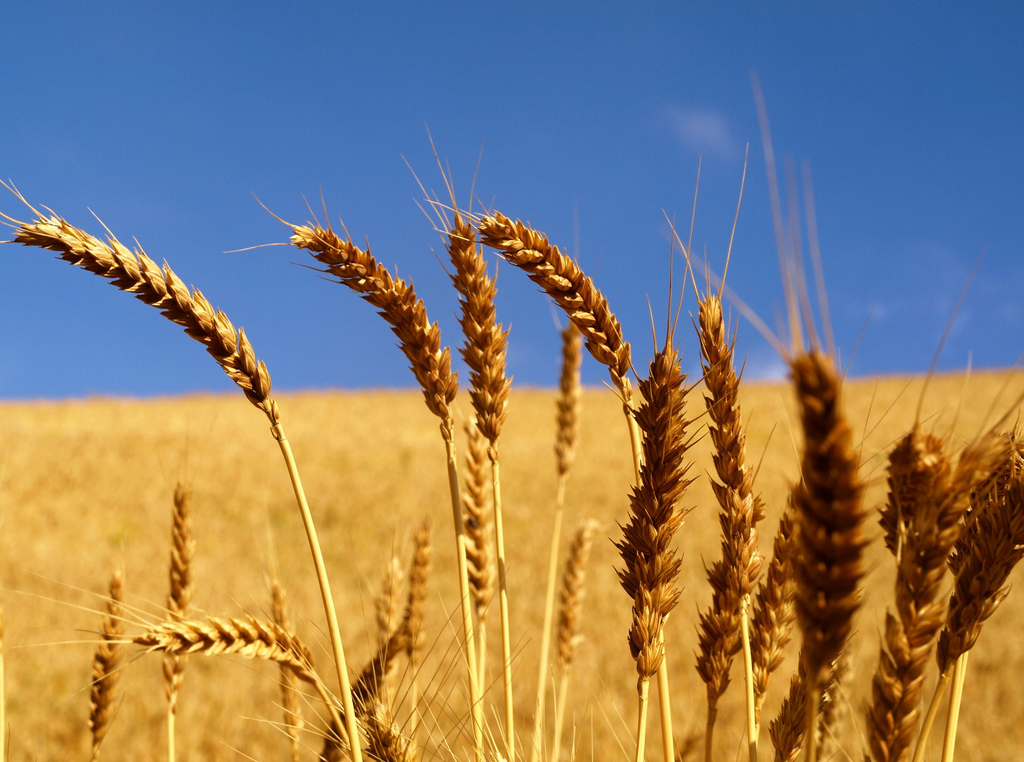Gluten. By now you’ve probably heard this word around the world and in the news quite frequently.
Defined as “a substance in wheat and flour that holds dough together,”1 gluten is actually a little more complicated than that, especially when it comes to complicating how our bodies work.
What is Gluten?
Gluten is found in grains such as wheat, barley, rye and triticale, and causes inflammation in the small intestines of people with celiac disease, according to Mayo Clinic.2 Aside from those with celiac disease, a gluten-free diet has proved effective for many with other ailments, including autoimmune diseases, digestive problems, migraines and more.
Gluten is in everything from deli meats to many cereals and packaged foods. It is harmless for children unless they have been diagnosed with celiac disease or a non-celiac gluten sensitivity. An intolerance or gluten sensitivity can show itself as gas, bloating, diarrhea, fatigue, dizziness and more.
Is a gluten-free diet necessary?
While we, as adults, are able to make a conscious dietary change and understand how it’s effecting us, it’s not as simple with children. Unless they have medical need for a gluten-free diet, will this change benefit them? That’s a question that you, as the parent, with the help of a doctor, need to address.

Photo credit: elana’s pantry / Foter / Creative Commons Attribution-NonCommercial-NoDerivs 2.0 Generic (CC BY-NC-ND 2.0)
Because gluten is found in so many foods, unnecessarily restricting it can actually cause your child to miss out on nutrients like iron and B vitamins. If, after testing, you find a gluten-free diet is what your child needs, then you need to provide this. You can’t worry about the extra work or extra cost is creates. Here are some great tips for how to transition your child to a gluten-free diet:
Consult your doctor: Check with a physician before drastically changing a child’s diet. A simple test can reveal if a child has celiac disease or a gluten intolerance and your doctor can help you ensure your child continues to get necessary vitamins and nutrients.3
Read labels: When it comes time to stock your kitchen with food for your gluten-free child, do your research on what can be eaten and what should be avoided. Read food labels to ensure all ingredients and okay. When out to eat at a restaurant, question the waiter or chef to ensure ordered items are gluten-free in the way they are prepared.
Make home-cooked meals: The easiest way to ensure your child is consuming gluten-free food? Preparing and handling the food yourself. By making a meal at home, you can easily ensure all ingredients are safe.
Have treats accessible: Gluten-free cookies, cake mixes and other sweets are now widely accessible and a great thing to keep at home. If your child is going to a birthday party, it might be best to send them with a sweet of their own so they don’t feel left out when it’s time to cut the birthday cake.
Make gluten-free a normal thing: Children want to fit in. Having different gluten-free food may make them feel as if they’re standing out, and not in a good way. There are great options for gluten-free breads, pizza, pretzels and more typical “kid” food that will allow them to eat just like their friends.
Do it together: If your child has to go gluten-free, do it as a family! It will bond your family together, won’t make your child feel left out, and you, as the parent, may also reap the benefits of a healthier diet.
For more information, visit CeliacCentral.org4 for great gluten-free food ideas for young children.
- http://www.merriam-webster.com/dictionary/gluten
- http://www.mayoclinic.org/healthy-living/nutrition-and-healthy-eating/in-depth/gluten-free-diet/art-20048530
- http://www.washingtonpost.com/lifestyle/on-parenting/advice-for-going-gluten-free-with-kids/2013/02/19/66fa1534-722c-11e2-a050-b83a7b35c4b5_story.html
- http://www.celiaccentral.org/kids/parents/articles/Articles-on-Parenting-a-Gluten-Free-Child/590/vobid–6396/

















